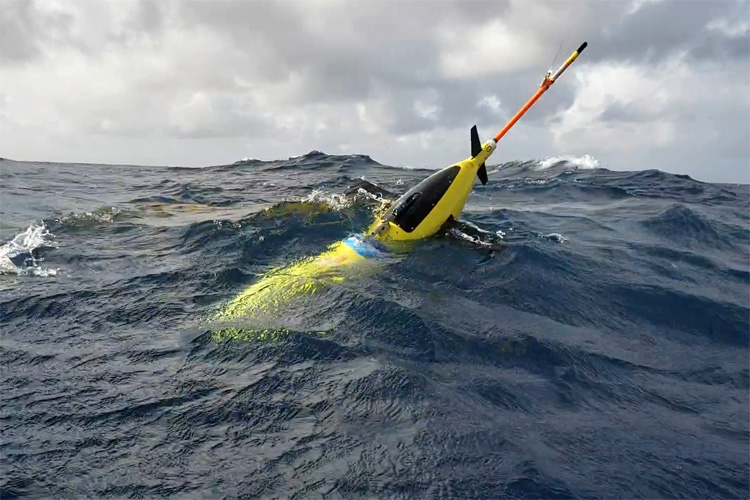The National Oceanic and Atmospheric Administration (NOAA) has deployed four underwater gliders off the coast of Puerto Rico.
These autonomous underwater vehicles (AUV) will be used to measure ocean temperature, salinity levels, ocean currents, pressure, oxygen levels, optical backscatter, chlorophyll fluorescence, bottom depth, and other parameters.
The ultimate goal is to improve the accuracy of NOAA's hurricane forecast models by collecting additional data and transmitting it in real-time.
They are controlled remotely via satellite and use low energy consumption technology to increase their range of motion along thousands of kilometers.
Ocean gliders are more versatile than traditional ocean buoys and can dive up to half a mile into the sea.
Critical Data Saves Lives
Collected information will then be analyzed by NOAA's various services and operation centers, in order to issue warnings and produce recommendations to coastal communities.
"The gliders will help us represent the ocean accurately in forecast models. They provide high-volume, information-rich data that are critical for the models in some challenging areas," notes Benjamin LaCour, program manager at NOAA.
The ocean gliders are equipped with multiple sensors and wings that help them convert vertical motion into horizontal motion.
The robotic, unmanned ocean gliders will make regular dives several times a day to collect relevant data. Seawater temperature is critical to predicting storm intensity.
NOAA will deploy additional gliders in other parts of the Atlantic later in the summer.
